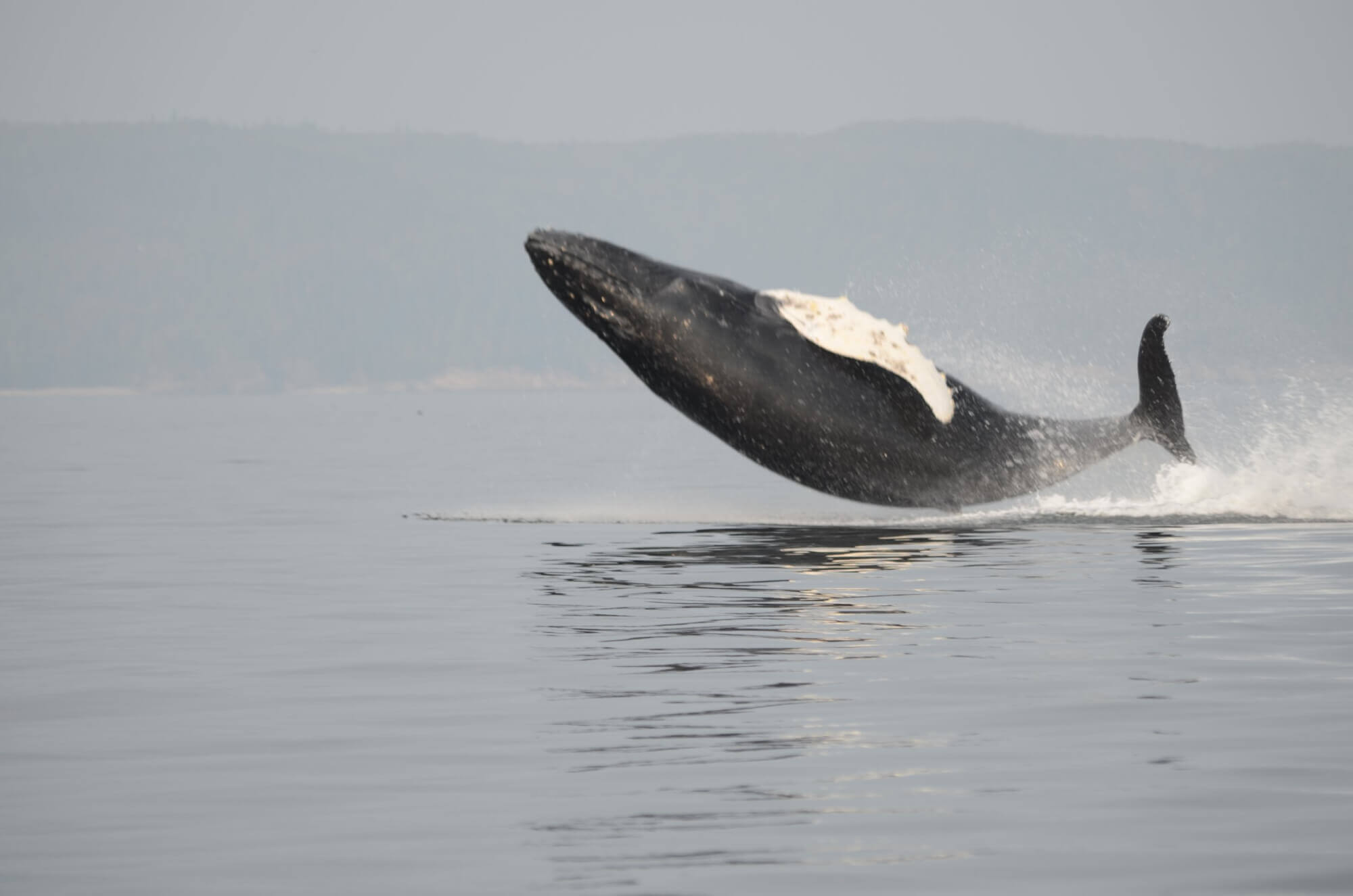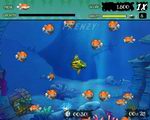

On the other hand, the format of the book focusing on a different band and pivotal album in each chapter allowed me to learn a lot more about parts of the scene I was less immersed in, and I completely enjoyed every little tidbit. Reading references to the Wayne Firehouse, TheNJScene, New Brunswick basement shows, and Vintage Vinyl (RIP) was like a trip back in time. Sellout is both a gripping history of the music industry’s evolution, and a punk rock lover’s guide to the chaotic darlings of the post-grunge era, featuring original interviews and personal stories from members of modern punk’s most (in)famous bands:Īs a product of the early 2000s New Jersey punk rock scene, this book was like candy to me. Focusing on eleven prominent bands who made the jump from indie to major, Sellout charts the twists and turns of the last “gold rush” of the music industry, where some groups “sold out” and rose to surprise super stardom, while others buckled under mounting pressures. In Sellout, seasoned music writer Dan Ozzi chronicles this embattled era in punk. The result was a schism: those who accepted the cash flow of the majors, and those who defiantly clung to their indie cred.

But the DIY punk scene, which had long prided itself on its trademark authenticity and anti-establishment ethos, wasn’t quite ready to let their homegrown acts go without a fight. Looking to replicate the band’s success, major record labels set their sights on the underground, and began courting punk’s rising stars. After indie favorite Nirvana catapulted into the mainstream with its unexpected phenomenon, Nevermind, rebellion was suddenly en vogue. Punk rock found itself at a crossroads in the mid-90’s. After indie favorite Nirvana catapulted into the mainstream with its un NATIONAL BESTSELLERĪ raucous history of punk, emo, and hardcore’s growing pains during the commercial boom of the early 90s and mid-aughts, following eleven bands as they “sell out” and find mainstream fame, or break beneath the weight of it all This saves energy, helping their fat supply last.NATIONAL BESTSELLER A raucous history of punk, emo, and hardcore’s growing pains during the commercial boom of the early 90s and mid-aughts, following eleven bands as they “sell out” and find mainstream fame, or break beneath the weight of it all Punk rock found itself at a crossroads in the mid-90’s. Their heartbeat and breathing slow down significantly. They burn body fat while they sleep to keep warm. Then it retreats there to hibernate as winter sets in.ĭuring hibernation, brown bears do not eat, drink, urinate, poop, or leave their den. Every bear spends some of its summer finding a safe and comfortable den location. Bears survive by making a den in a rocky cave or the hollow under a rotted tree.

As temperatures drop, food becomes scarcer. They actually do it to avoid going hungry. Each fish provides about 4,500 calories.īears don’t hibernate in the winter to hide from the cold, says Fitz. The bears try to catch and eat as many fish as possible. But in the summer, the salmon start swimming up the river to reproduce. They leave behind the fleshy parts that humans usually eat.Īll spring, the bears munch on plants, insects, and small mammals. The brown bears in Katmai often eat only the fattiest parts of the salmon-the brain, eggs, and skin. Their body temperature remains fairly high, while their heart rate and breathing rate drop significantly to save energy.įor bears, gaining body fat is the key to surviving the winter. By burning body fat while they sleep, bears stay hydrated and keep warm. Every bear spends some of its summer scouting a safe and comfortable den location.ĭuring hibernation, brown bears do not eat, drink, urinate, poop, or leave their den. These winter dens can range from rocky caves to hollows under rotted tree roots. Bears survive by retreating to the safety of their dens. “As they prepare for hibernation, bears are actually preparing to avoid winter famine, not cold weather,” says Fitz. But when the salmon swim up the river to spawn each summer, the bears focus on consuming as many fish as possible.

Katmai’s brown bears often eat only the fattiest parts of the salmon-the brain, eggs, and skin-and leave behind the fleshier bits humans typically prefer.Īll spring, the bears munch on plants, insects, and small mammals. For bears, gaining body fat is the key to their winter survival.


 0 kommentar(er)
0 kommentar(er)
